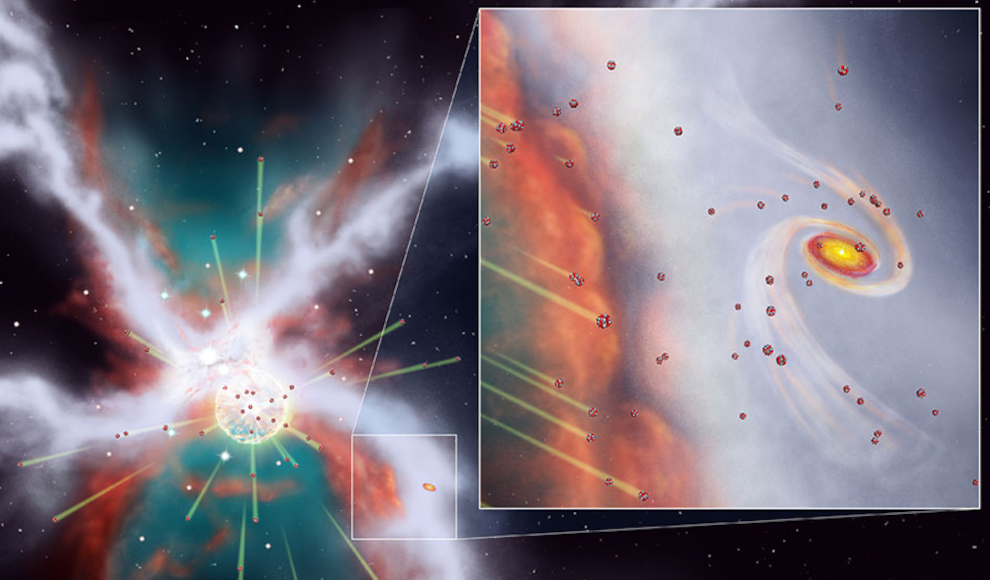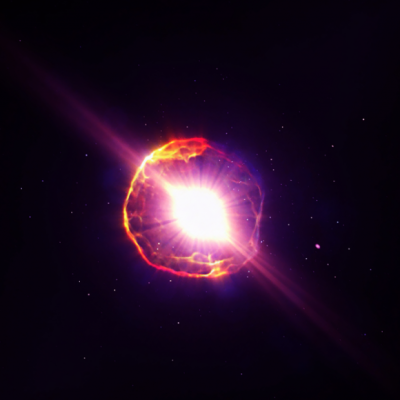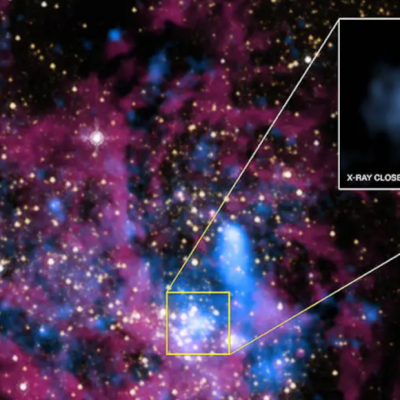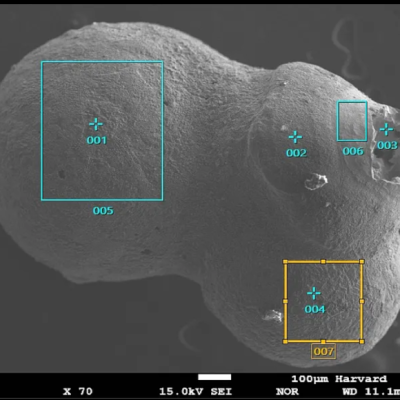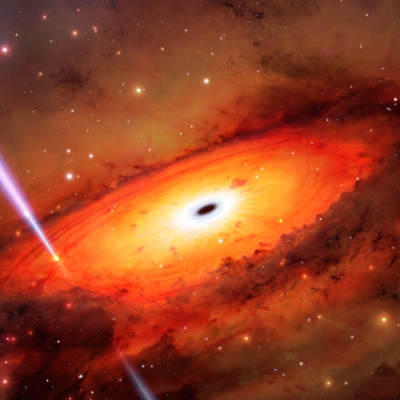A cosmic shield may have protected our young solar system from the destructive force of a nearby supernova, according to new calculations by researchers at the National Astronomical Observatory of Japan. Supernovas are one of the most energetic events in the universe, releasing multiple times the energy the sun will produce in its entire lifetime in just seconds. The resulting shockwaves have the potential to destroy entire solar systems. Analysis of meteorites has revealed that a supernova occurred near our solar system while the sun was still forming. However, the amount of isotopes discovered suggests that the supernova was strong enough to destroy the forming solar system.
The researchers found that a filament of molecular gas protected the young solar system from the nearby supernova explosion. Stars form in large groups, or clusters, within huge clouds of molecular gas. These molecular clouds have filamentary structures, and small stars like the sun typically form along these filaments. Large stars, which explode in supernovas, usually form at the intersections of multiple filaments. The calculations showed that if the sun formed along a dense filament of molecular gas and a supernova exploded at a nearby filament intersection, it would take at least 300,000 years for the shockwave to destroy the dense filament around the forming solar system.
The origin filament may have acted as a buffer to protect the young sun and helped to capture the radioactive isotopes from the supernova shockwave and direct them into the forming solar system. The study, published in Astrophysical Journal Letters, sheds light on the potential for cosmic shields to protect developing solar systems from the destructive forces of nearby supernovas.


